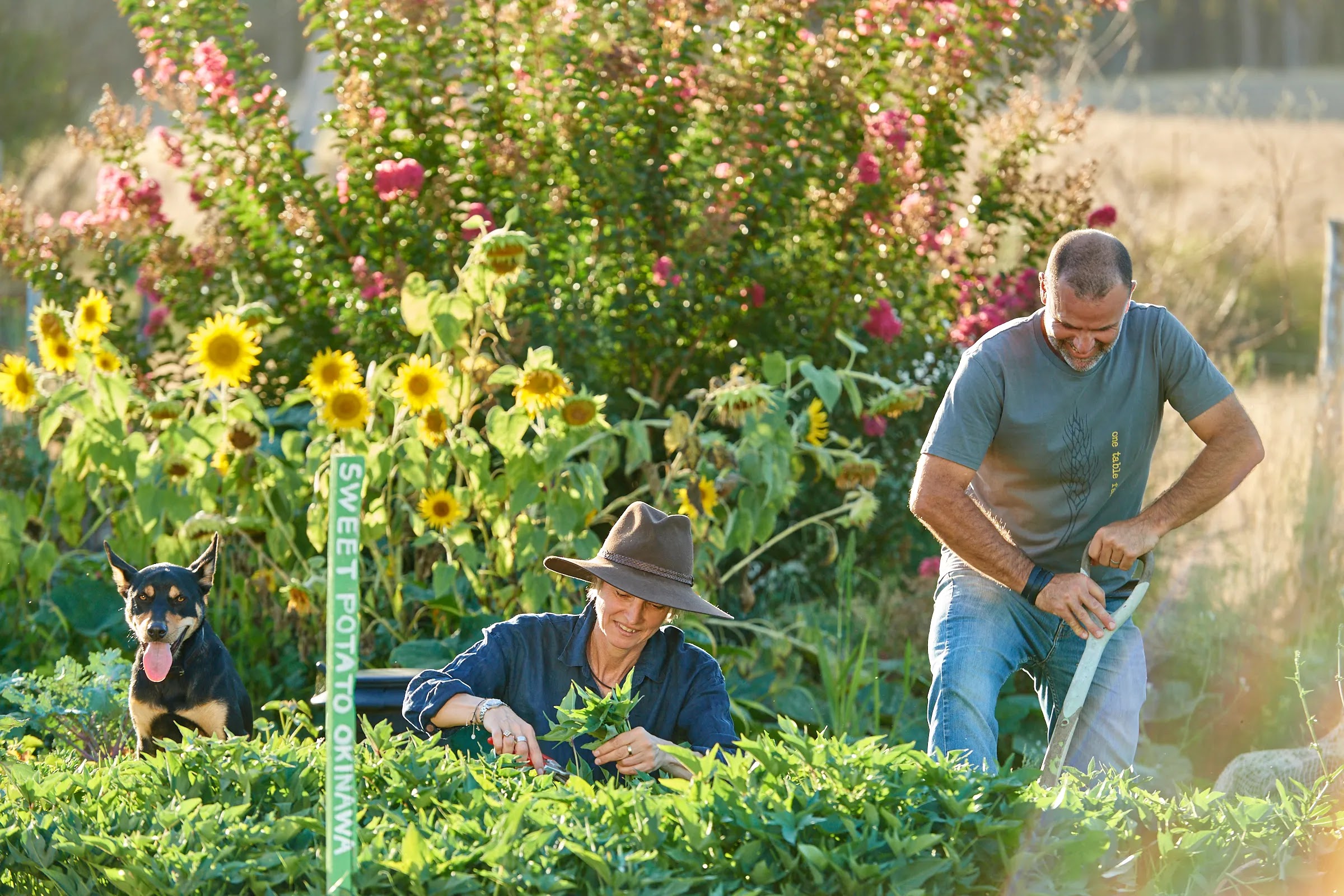A Beginner's Guide to Biodynamic Gardening: Cultivating Harmony with Nature
Embarking on the journey of gardening is a rewarding endeavor, and for those seeking a deeper connection with the earth, biodynamic gardening offers a unique and holistic approach. Rooted in anthroposophy and developed by Rudolf Steiner in the early 20th century, biodynamic gardening goes beyond traditional farming practices, integrating spiritual and cosmic perspectives. If you're a beginner eager to explore sustainable and mindful gardening, this guide will introduce you to the principles and practices of biodynamic gardening, helping you cultivate a garden that thrives in harmony with nature.
Understanding the Basics:
1. Anthroposophy and Cosmic Connection: At the core of biodynamic gardening lies anthroposophy, a philosophy that emphasizes the interconnectedness of the spiritual and physical realms. Beginners should explore the idea that cosmic forces and rhythms influence plant growth, offering a unique perspective on the symbiotic relationship between the garden and the cosmos.
2. The Lunar Calendar: Familiarize yourself with the lunar calendar, which plays a pivotal role in biodynamic gardening. Different lunar phases are believed to influence plant development and specific gardening activities. Learn to align your planting, pruning, and harvesting with the lunar cycles for optimal results.
Getting Started:
1. Plan Your Biodynamic Garden: Start by planning your garden layout, considering factors like sunlight, shade, and water availability. Determine which crops you'd like to grow and create a planting calendar based on lunar and cosmic rhythms.
2. Biodynamic Preparations: Explore the creation and application of biodynamic preparations. Begin with the basics, such as horn manure and horn silica preparations, which contribute to soil fertility and plant vitality. These preparations are typically applied in small quantities, emphasizing their potency.
3. Healthy Soil Practices: Focus on building and maintaining healthy soil, a cornerstone of biodynamic gardening. Integrate composting into your routine, utilizing kitchen scraps, garden waste, and other organic materials. Healthy soil supports robust plant growth and nutrient absorption.
Practical Techniques:
1. Crop Rotation and Companion Planting: Implement crop rotation to prevent soil depletion and deter pests and diseases. Experiment with companion planting, discovering the mutually beneficial relationships between different plant species. This practice enhances biodiversity and resilience within your garden.
2. Observation and Adaptation: Regularly observe your garden's progress, noting changes in plant health and overall vitality. Be open to adapting your gardening practices based on these observations. The intuitive connection with your garden is a key aspect of successful biodynamic gardening.
3. Embrace Sustainability: Biodynamic gardening emphasizes sustainability and environmental stewardship. Minimize the use of synthetic fertilizers and pesticides, opting instead for natural alternatives that promote ecological balance.
Connecting with the Biodynamic Community:
1. Join Local Gardening Groups: Seek out local gardening groups or online communities where you can connect with experienced biodynamic gardeners. Share your experiences, ask questions, and learn from others on a similar journey.
2. Attend Workshops and Events: Attend workshops or events focused on biodynamic gardening to deepen your understanding and gain hands-on experience. Networking with fellow enthusiasts can provide valuable insights and support.
Conclusion:
Embarking on the path of biodynamic gardening as a beginner is an exciting and fulfilling venture. Embrace the principles of anthroposophy, integrate cosmic rhythms into your gardening routine, and cultivate a garden that not only yields healthy, vibrant produce but also fosters a profound connection with the natural world. With patience, observation, and a spirit of curiosity, you'll discover the joys of nurturing a garden that thrives in harmony with the cosmic forces and the Earth.























